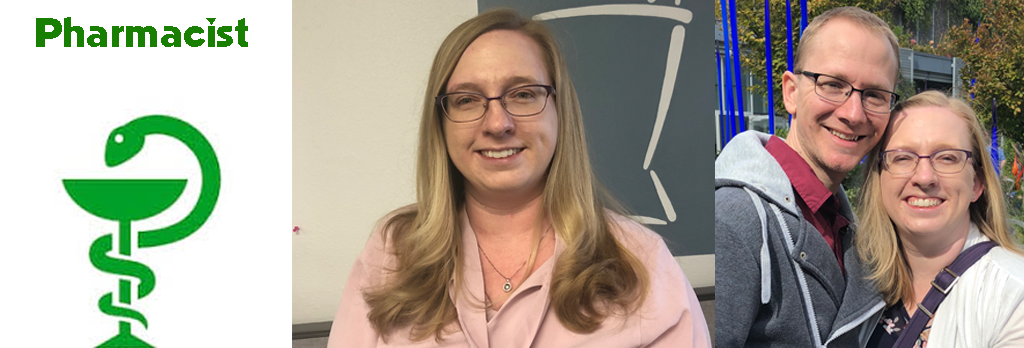What is the Transdermal Fentanyl Patch and How Can We Stop People From Dying? Dr. Rebecca DeMoss

The discussion centers on the importance of trusting doctors when taking prescribed medications, the role of pharmacists and the impact of medication safety. Dr. Rebecca DeMoss, a doctor of pharmacy, focuses on the risks associated with transdermal fentanyl patches, citing her research on inappropriate prescriptions that could be life-threatening. She continues her advocacy work, aiming to prevent medication-related deaths.
